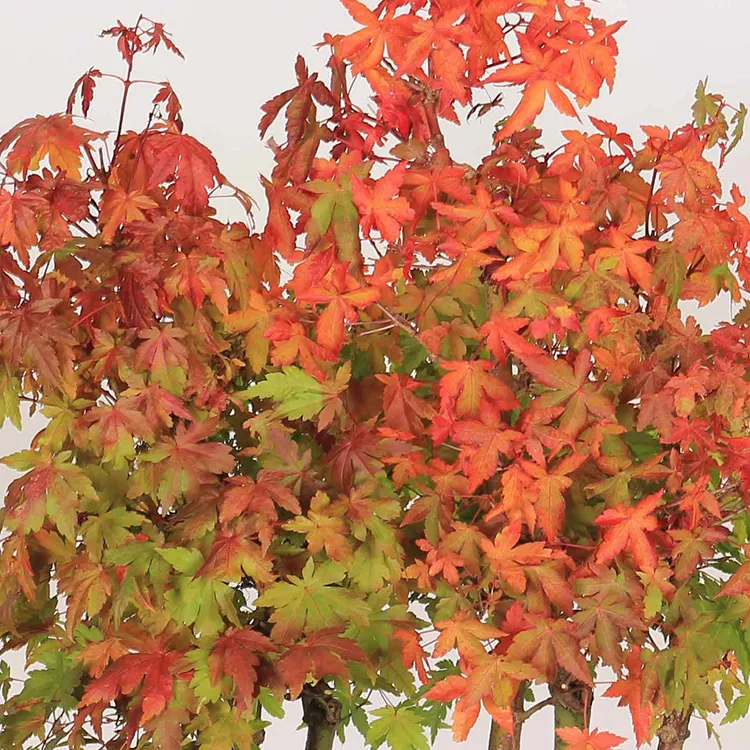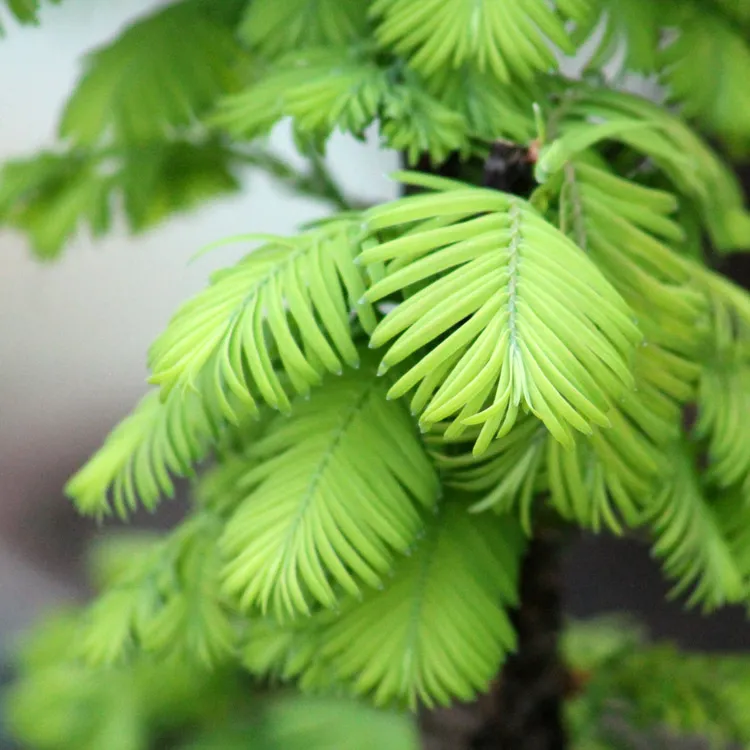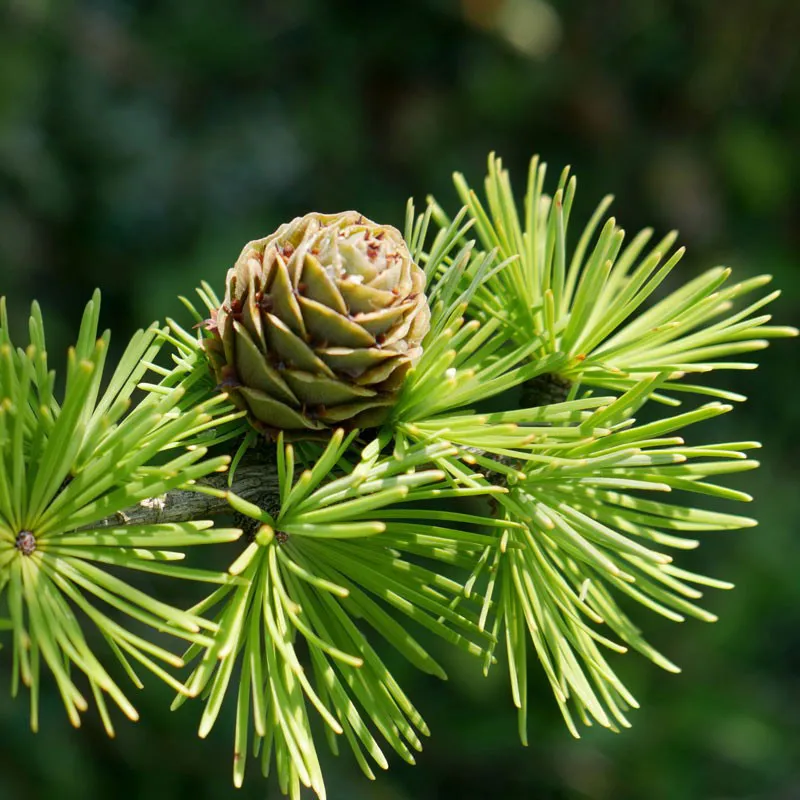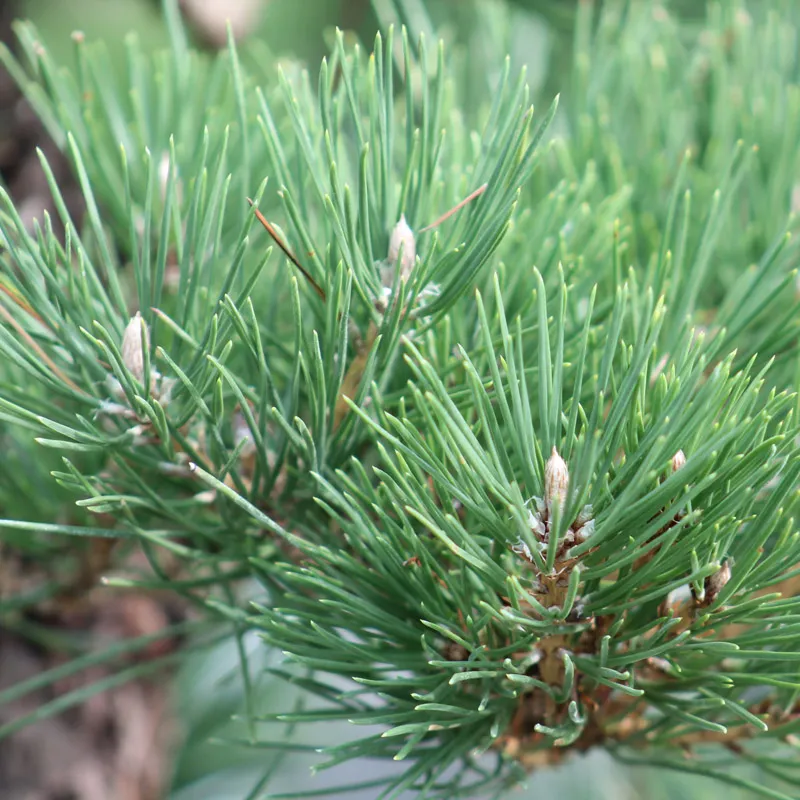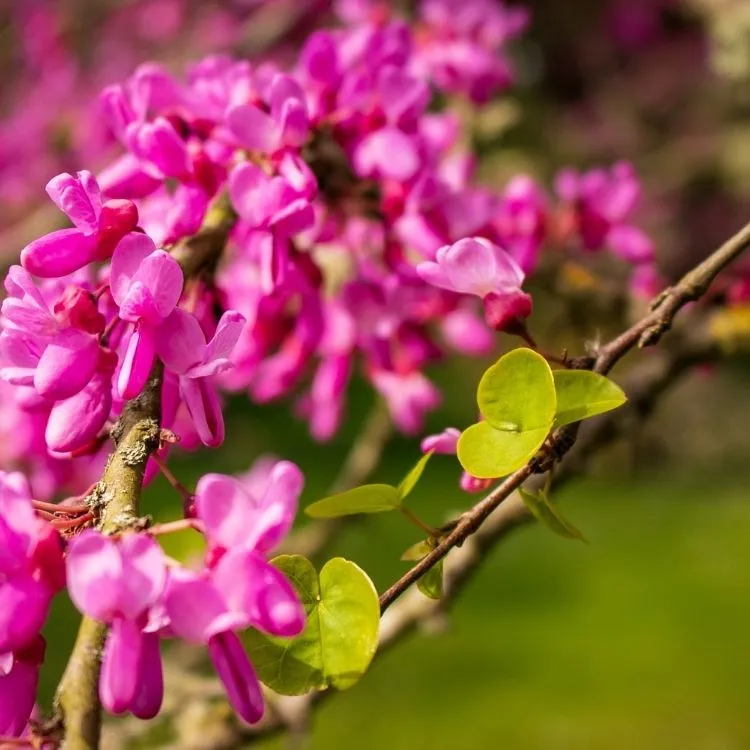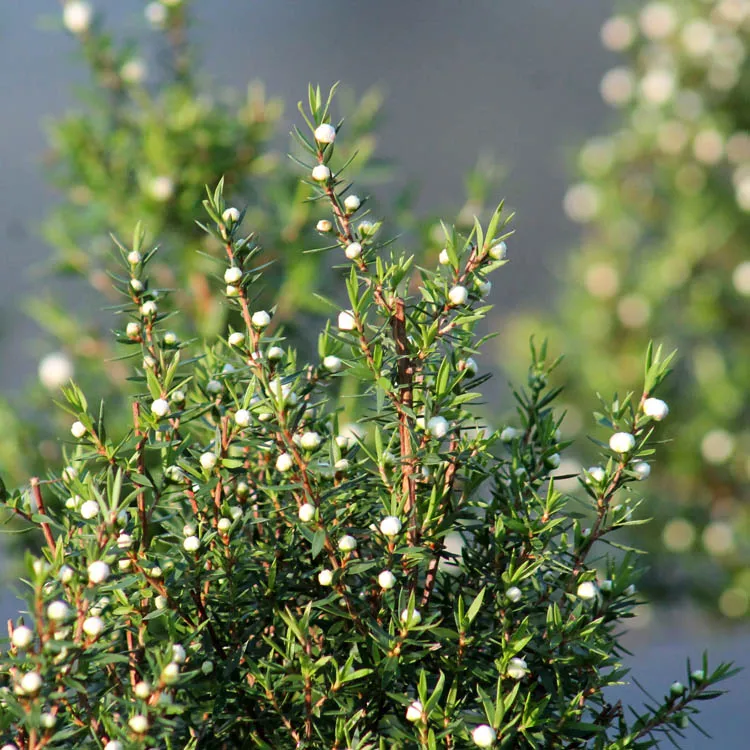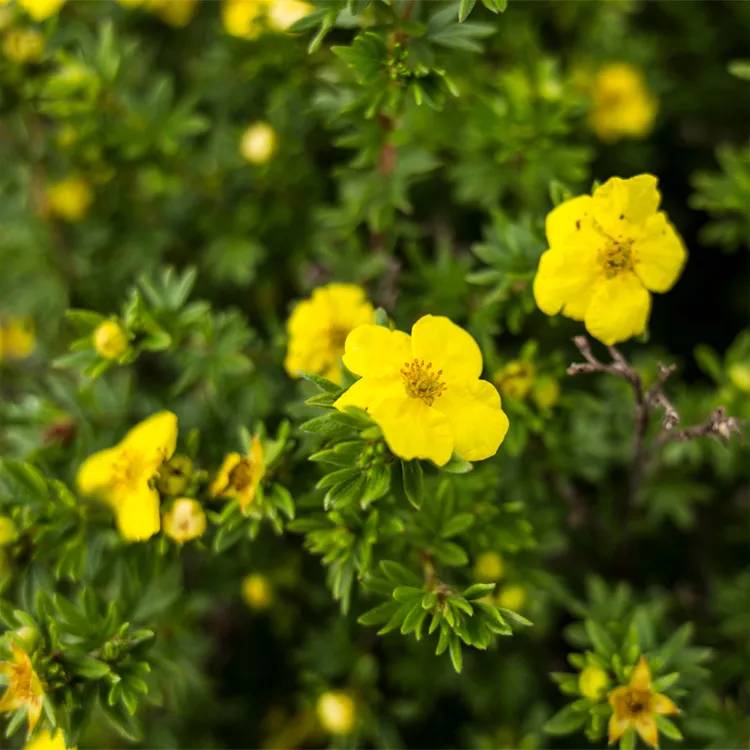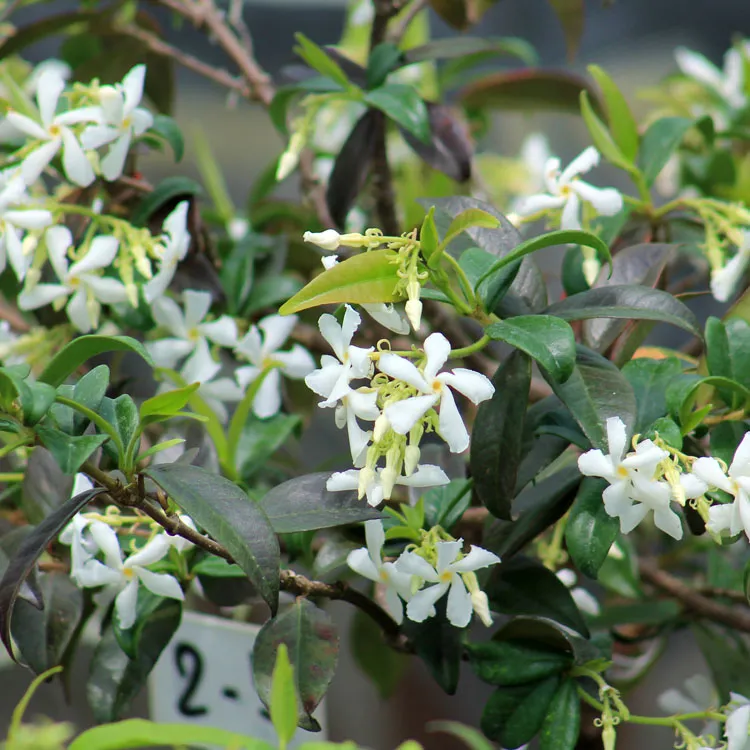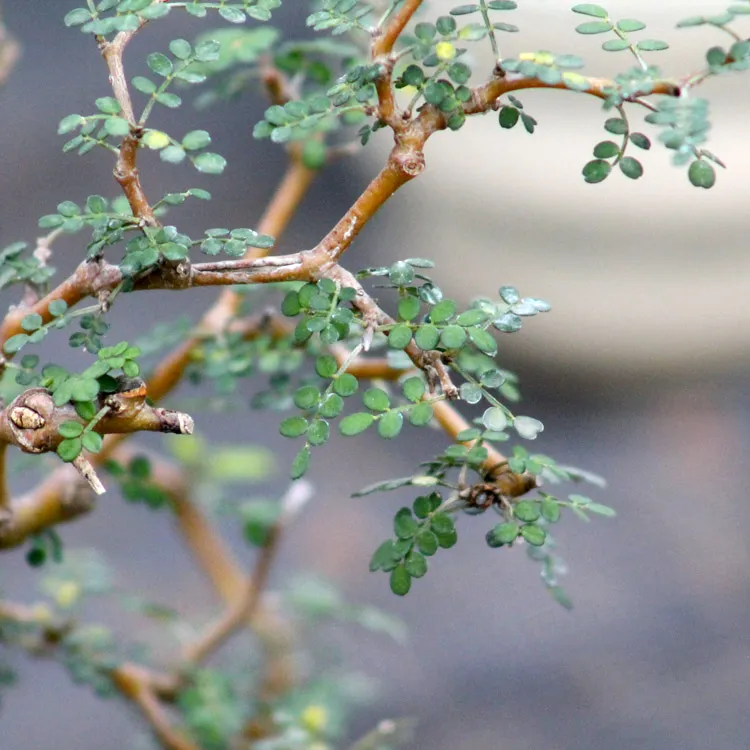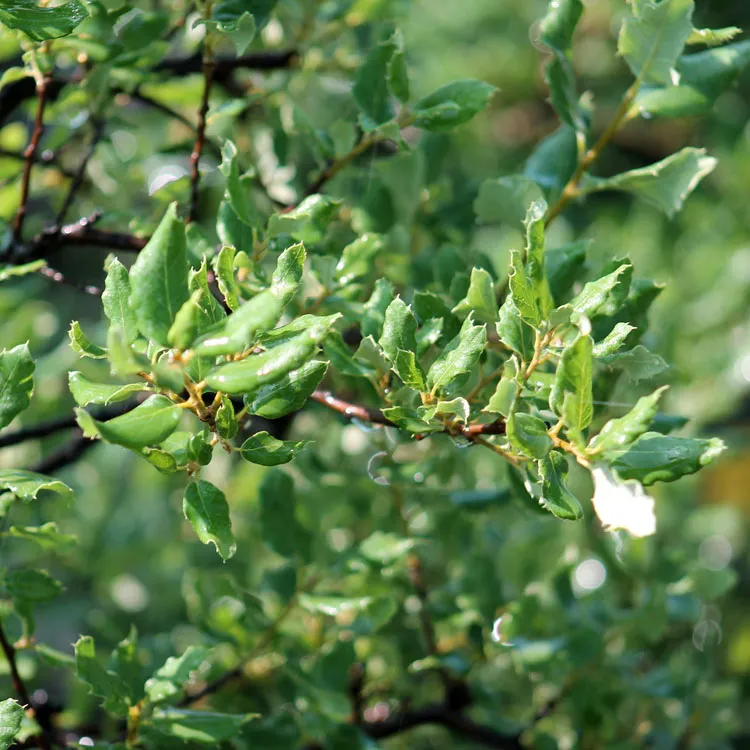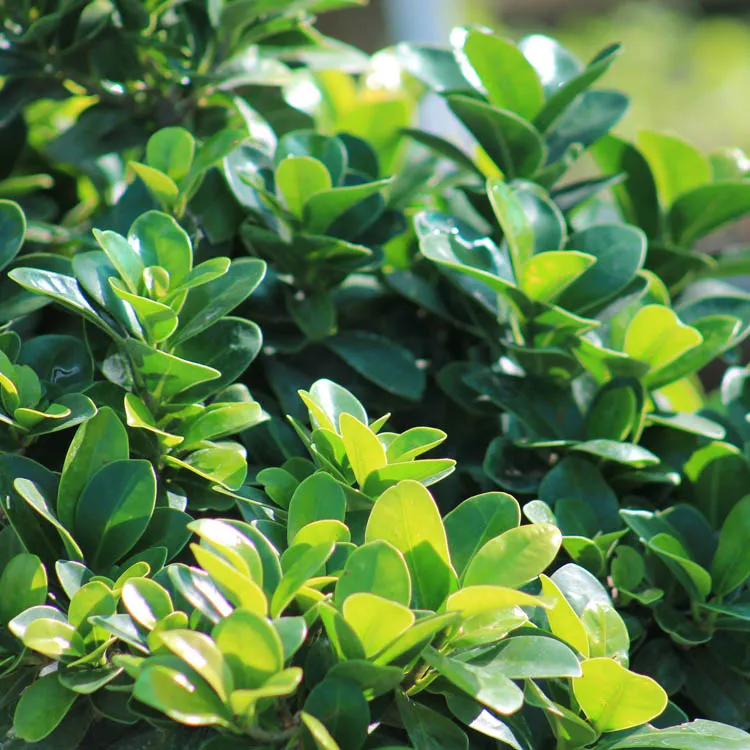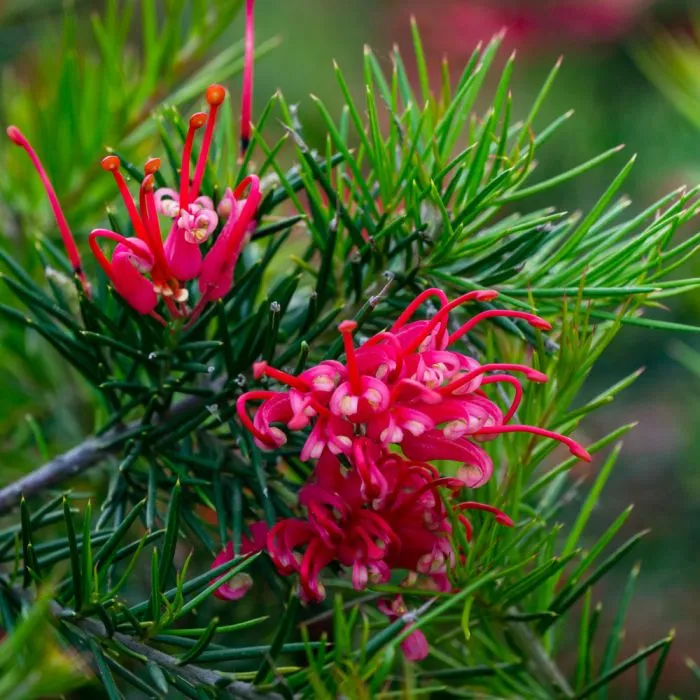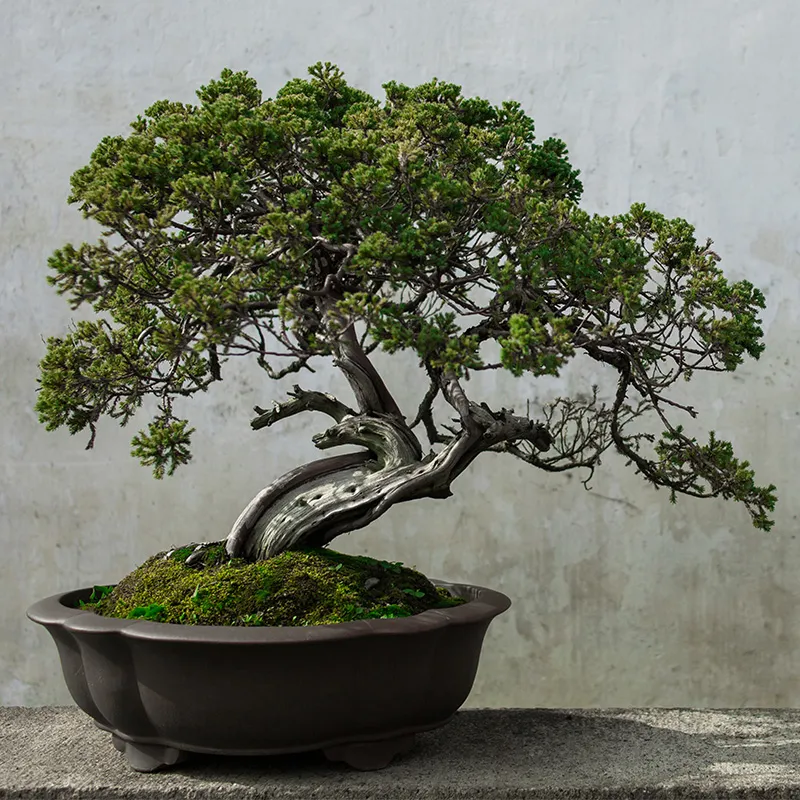Many of you have asked us for a detailed guide on what is often considered the quintessential indoor bonsai : the ficus. Garden centers are flooded with them, giving it a reputation as a beginner's tree. Certainly, many bonsaikas started with a ficus tree. However, it is still a very interesting tree to work with.
A ficus, ficus trees
The most common variety is the ficus Retusa, but there are hundreds of varieties (even experts have a hard time agreeing on the number). They live mostly in tropical regions. Depending on the variety, ficus trees take the form of small shrubs but also very vigorous large trees. You probably have in mind these images of the temples of Angkor Wat whose stones are literally swallowed up by the roots of giant fig trees.
These aerial roots develop naturallywhen the ambient humidity is very high, close to 100%. They appear on the branches and descend to the ground. When they reach it, they form real trunks giving even more volume to the fig tree. In our climates, its aerial roots are more difficult to obtain, but those that are already in place will continue to develop.
Ficus trees are from the same family as fig trees, and especially our common fig tree which produces succulent figs in the fall. Even though it is possible to form bonsai with this fig tree, Asian varieties are the most used to grow our small potted trees and it is on these that we will focus.
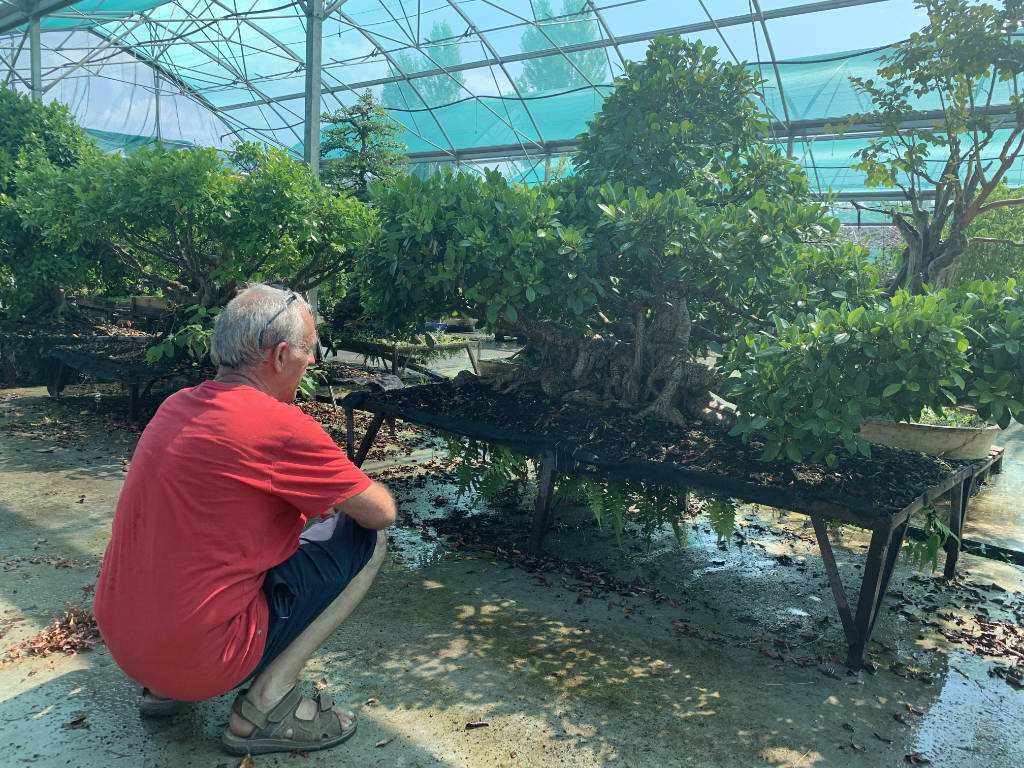
How do you care for a ficus tree in bonsai?
Ficus, indoor or outdoor bonsai?
Both, and that's what makes it its main asset for those who are not lucky enough to have a garden or even a balcony. The ficus is the indoor bonsai par excellence, but that doesn't mean it likes to be on the living room table or next to the TV.
species . Choose a location ideally next to a south-facing bay window so that it benefits from maximum light throughout the day. Don't hesitate to mist it regularly. It's not a requirement, but he'll appreciate and thank you with more leaf development.
If you can put it outside, then don't hesitate for a second. Full sun all day. The ficus does not like shady spots. Indeed, the consequence will be a gradual loss of leaves to keep only the minimum of life. Truly, not enough light leads to less photosynthesis. Thus, the tree will naturally lose the leaves that are useless to it.
leaves can withstand a dry atmosphere but prefer high humidity. Aerial roots can only develop in the presence of extreme humidity, which is not easy to obtain here (unless you put it in a regularly misted greenhouse).
If in summer, the choice of the location of a ficus tree is quite simple, you have to be more careful in winter. It does not like cool temperatures and does not tolerate frost at all. It must, therefore, absolutely be protected, and this is often where the problems begin.
In winter, our interiors are heated, less bright and have a dry atmosphere. These conditions are far from favourable.
If you have an unheated conservatory, then you have the best location to winterize your ficus. If not indoors, leave it in a bright place but away from a radiator. An unheated room would be ideal.

Watering
The ficus likes high humidity but has a harder time tolerating excess water. Water, so copiously when the top of the substrate is dry. It's best to let the soil dry out a bit, not always leave it wet. Don't hesitate to mist regularly, on the leaves and underneath as well.
In the summer, when it's hot, don't ask yourself too many questions and give water every day. Rather, it is when the temperatures drop that you have to be careful with watering and excess water. Watering too much when the roots are no longer drawing much can lead to root rot. This results in the leaves wilting and then falling off while the substrate remains moist.
In this case, place your ficus in the shade and let the substrate dry. Water only when it's dry, and put it back in the sun only when you see new leaves appearing.
Substrate & Repotting
When properly cultivated, the ficus tree grows vigorously and quickly, both branches and roots. We use our usual draining substrate consisting of one-third composted pine bark.
Repotting is done every 2 to 3 years, or even 5 to 7 years for older ficus trees that are well established in their pots.
Root bread can be pruned quite severely , but for a good recovery, we advise not to cut off more than a third of the roots.
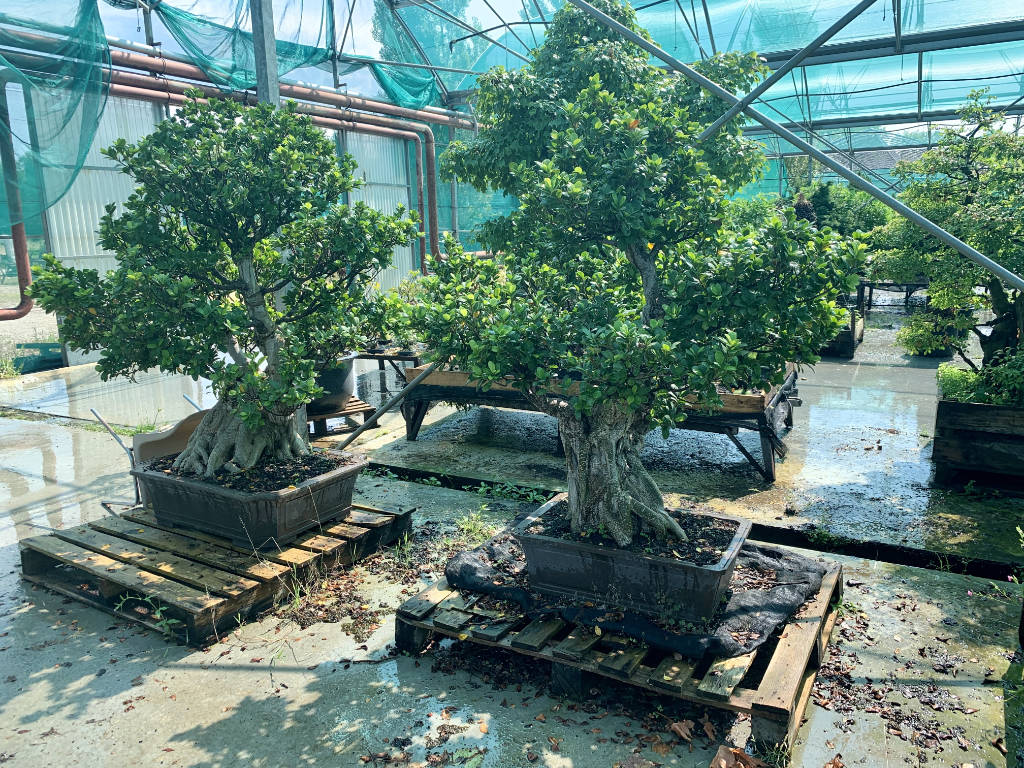
Fertilization
The ficus is a fast-growing species, and it loves fertilizer. From spring to fall, fertilize every 2 weeks with an organic fertilizer. Don't hesitate to use a chemical fertilizer in addition. You'll see that the leaves will turn a deep green.
Avoid fertilizing in winter, even if the ficus is placed indoors.
How do you prune a ficus tree?
The species tolerates pruning very well and easily rebuds backwards. If you need to cut large branches (larger than 1cm in diameter), do so in the spring. You will see that at the level of the cut the ficus will secrete a white and viscous liquid: this is latex. This is safe for the tree, but you can limit or stop this flow by dipping your finger in the water and placing it on the wound.
Maintenance pruning can be done throughout the year. Cut just above a leaf, a few days later you will see buds appear.
The ficus can also be completely defoliated. This is done in the summer, when the first shoot of the year has reached its development. Remove all leaves by pruning in the middle of the petiole (= the "tail of the leaf" connecting the blade to the stem). Usually, after 2 weeks you will see an explosion of buds on the branches, which then form smaller leaves. Defoliation, however, is a technique that depletes the ficus, forcing it to "make a second spring". It should therefore only be done on a vigorous tree and not every year.
Mature ficus trees no longer need to be defoliated because they already have well-developed branching and leaves that have gradually shrunk over the years.
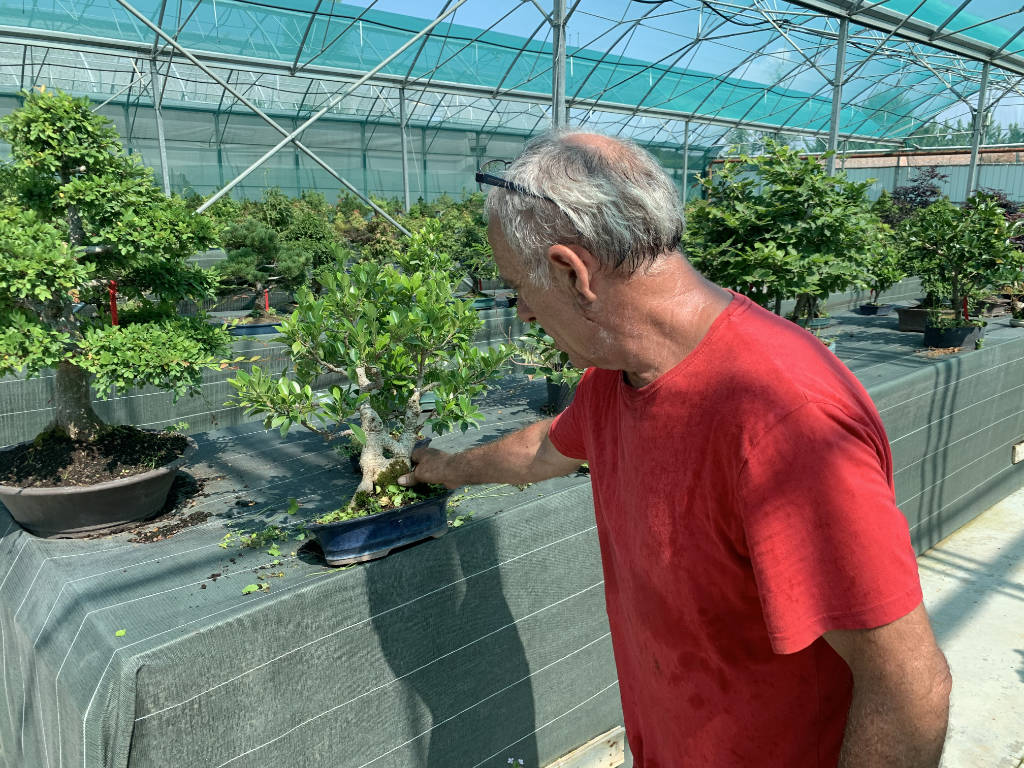
Ligature
The wood of the ficus tree is quite supple but only the young shoots : it is not a pine! Branches larger than 5mm in diameter are quite brittle. Thus, lay wire only on the young shoots to form trays. However, you can use guy wires to lower larger branches. Be careful, within a certain limit, the ficus often breaks at the intersections of branches.
Use only copper wire and not aluminum which could injure the thin, smooth bark.
When you want to tie a ficus tree, you will definitely be bothered by the leaves. If you want to do a complete shaping, do a complete defoliation, then you can easily lay your yarn.
Growth is fast, so keep an eye on it every day and remove the threads as soon as they start to bite into the bark a bit.
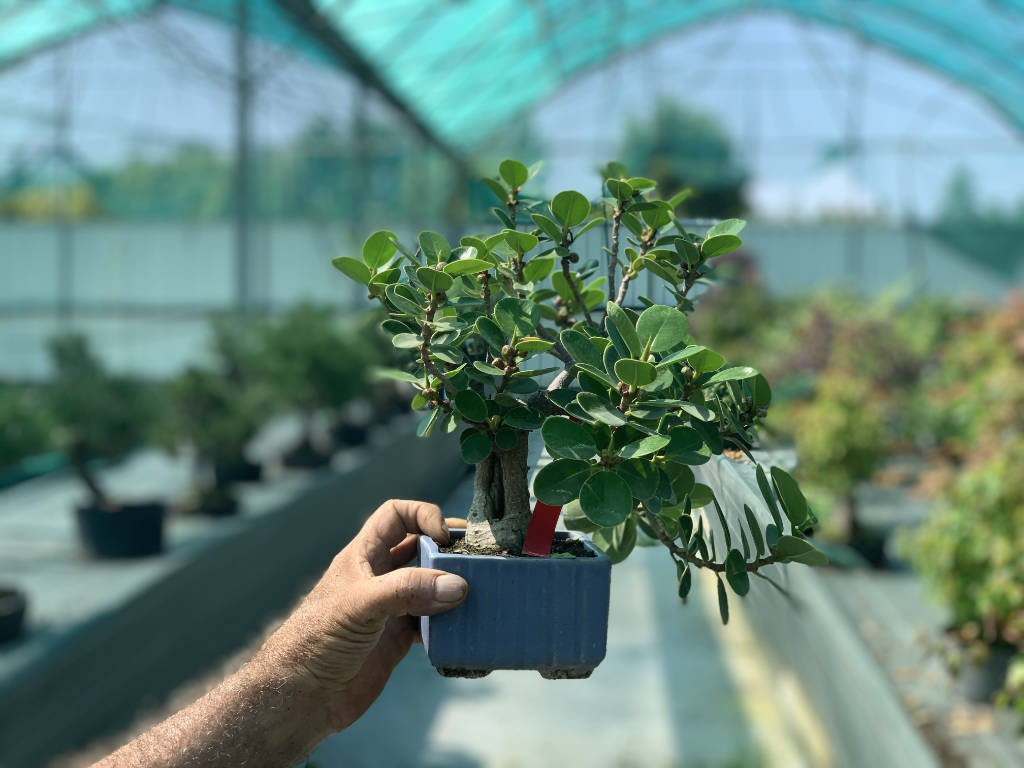
The ficus is a species that lends itself perfectly to the formation of a bonsai and we regret that it is not more popular. In Asia, artists form remarkable ficus trees, with branches that undulate and form large trays with small leaves. Wrongly considered a beginner's bonsai, we hope that it will gradually regain its letters of nobility and its rightful place within your bonsai collection !
Did you know? The word "bonsai" originated in the Japanese language and does not take an "s" in the plural. So don't be surprised if you see the word "bonsai" without an s when we're talking in the plural.


 Production of French Bonsai
Production of French Bonsai


